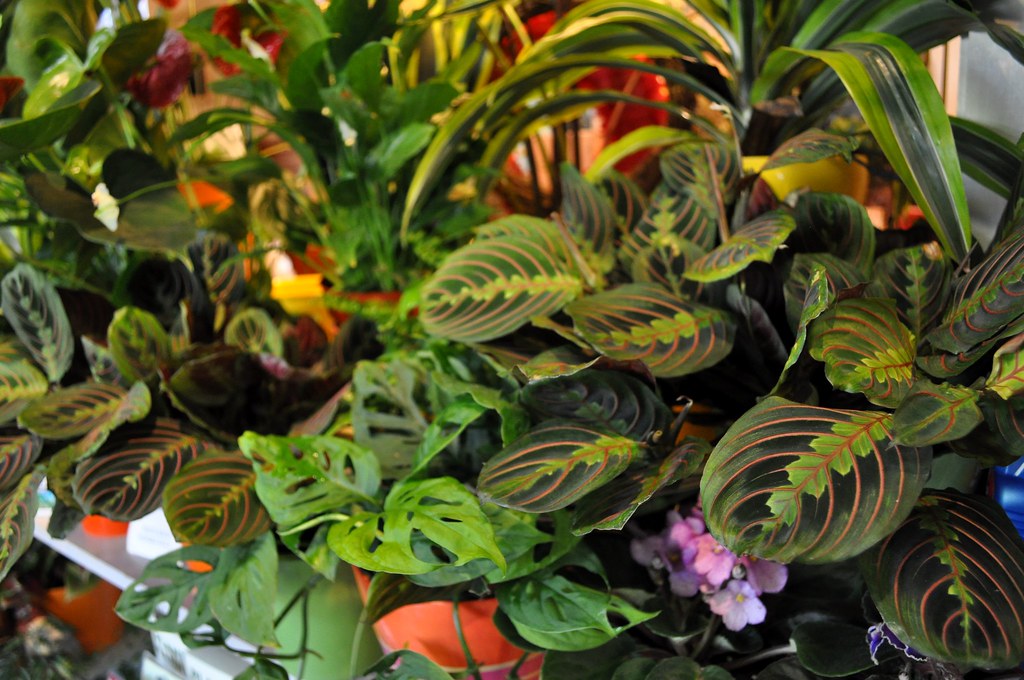Over the years plenty of plants were thought of only as greenhouse plants rather house plants. Thankfully, that conception has changed and now many species can be considered as indoor plants to add ambiance to your home. My effort is to give you the basics of caring for your plants sometimes called container gardens. Best to choose plants with thick foliage, because they can withstand heated rooms and adverse conditions.
- It is best to purchase your house plants ready for indoor life. An optimum time to buy your indoor plants is spring or summer season. Primarily you would get better selections of plants and also the fresh air during these two seasons will give your plant more fresh air to increase and harden the thick foliage. The thick foliage will help during hot dry atmosphere of heated rooms. This is very true for tropical plants like begonia.
- For your house plant to grow, it is most important not to let your indoor temperature fall below 55 degrees. The best growing temperature is the range of 60 to 85 degrees. If you experience a very cold spell, put the plants in a heated room. If you cannot move the plants easily, cover them with material like burlap to help protect it from the adverse elements.
- Watering your house plant is usually the trickiest. Water needs of plants are based on how fast the plant absorbs the moisture. Most house plants will require more water during the growth months, March through October. Don’t ever let your indoor plants soil dry out. It is best to give small amounts of water frequently (like eating regularly), than to just give your plant large amounts of water.
- A good trick for house plant care is to add small amounts of liquid fertilizer once a month to ensure proper growth. Do watch out for mealy bugs and other deadly bugs. If infested use only organic bug control products for safety reasons. It is not wise to use deadly chemicals on your indoor plant since the smell might affect your health in a bad way.
- Another care tip is to watch out for the leaves turning yellowish at the edges. If the tips of your foliage turn a sickly yellow, it is a sign you are over watering the plant. Refrain from watering it again until the soil is quite dry. Over watering will also increase the chances for growth of moss or algae on the soil. These parasites must be removed when found before they cause more damage.
House plants are essential to any home because of the many health benefits, one been the production of oxygen. Please pay close attention to your plants because they tend to grow well when nurtured with tender care.
